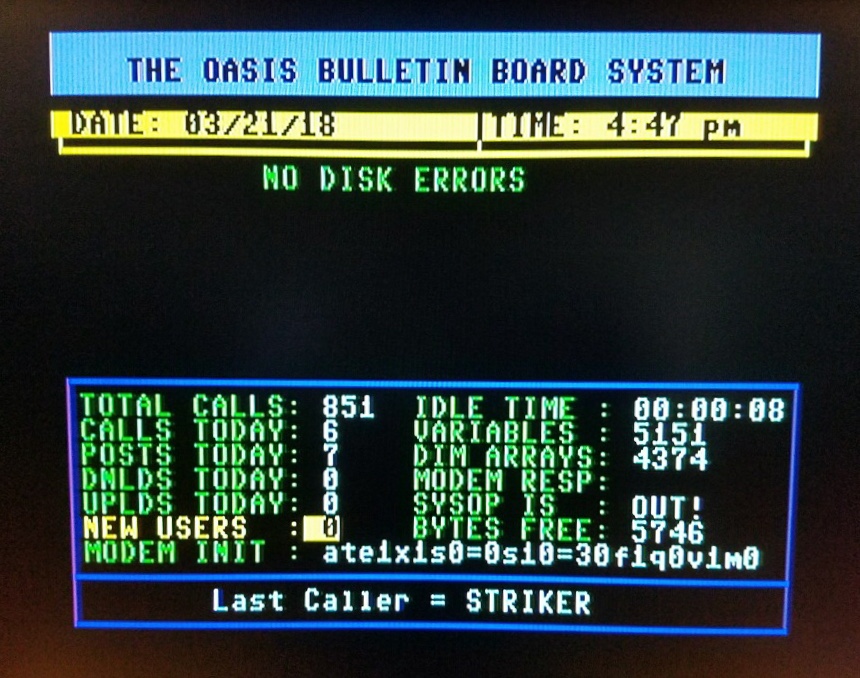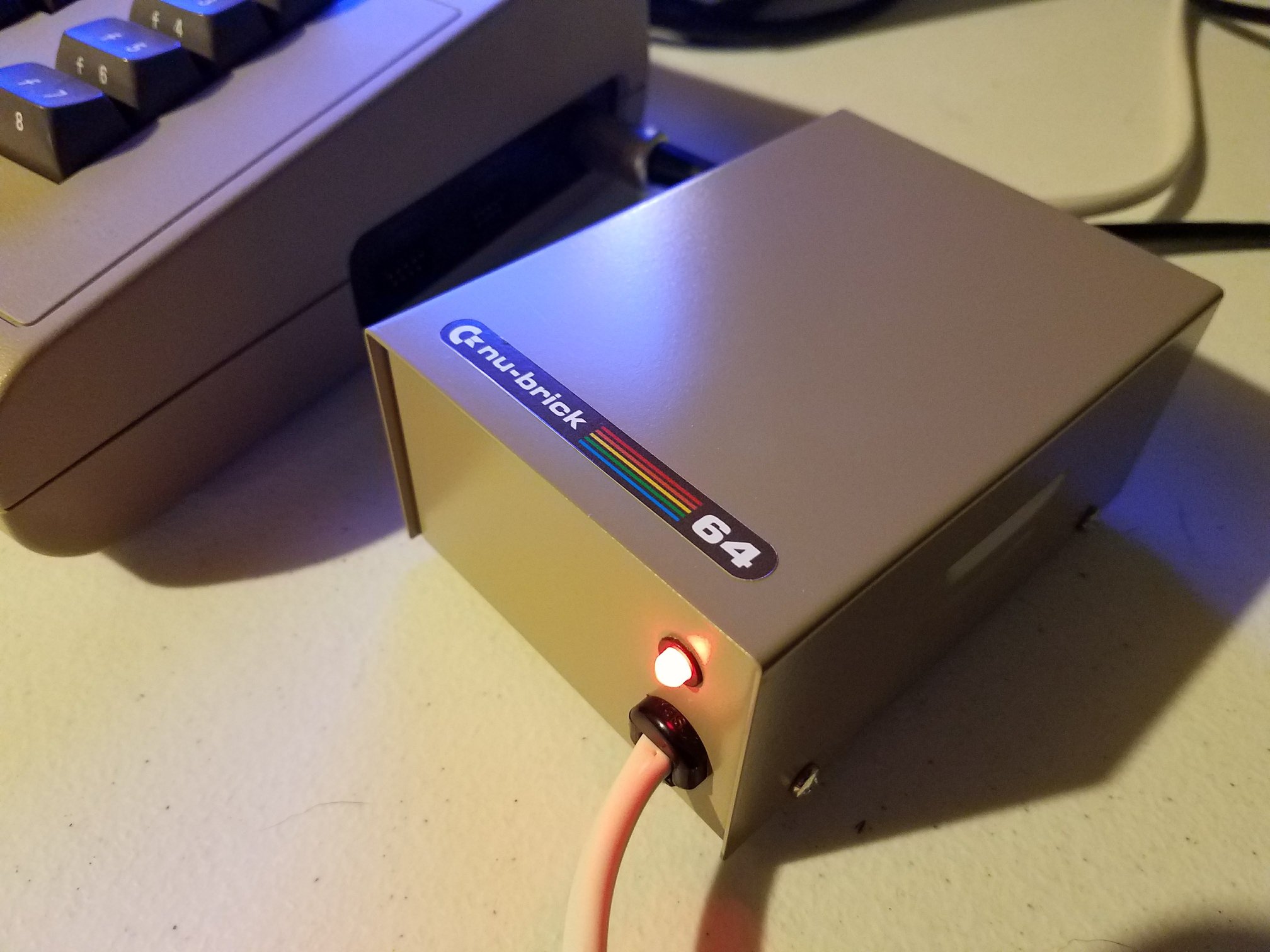Neil from Retro4U picks up where he left off with the Alicia 1200 Mini-ITX project. Last week’s episode brought the board to the diagnostic stage. This time, he aims to finish the job, fit everything into a clean case, and get the PiStorm running. The Alicia 1200 Mini-ITX build moves from a raw bench prototype to a complete Mini-ITX Amiga, which gives this project plenty of momentum from the start.
Fixing the RAM Issue
Before moving ahead, Neil addressed a viewer‑spotted error. A full megabyte of chip RAM was missing from the last episode. Using a thermal camera, he located two cold chips that were not soldered correctly. A wider soldering tip helped him push solder under the clips, bringing the full 2MB back online. With memory confirmed, he added the remaining components: the video adapter, PCMCIA slot, joystick ports, real‑time clock, capacitors, and headers for serial and parallel support. Each added part moved the Alicia 1200 Mini-ITX board closer to final form.
Preparing the Case
With the hardware sorted, Neil turned to the enclosure. He selected a silver Mini-ITX case similar to the one used for his Denise board. It offers a compact footprint, a glass side panel, and enough space to keep airflow clean. After stripping the case, he removed the front USB section for future expansion ideas. He even considered fitting an SD card slot into the unused space later.
A 3D‑printed backplate helped align the Alicia ports. After a bit of trimming, it fit well enough to keep the board secure. With the case empty and ready, Neil fastened the Alicia inside and began wiring the headers and LEDs.
Planning for PiStorm Clearance
Some pins were bent intentionally to keep their height low. With the PiStorm sitting over that region, Neil wanted no chance of a collision. He joked that a matching blue Pi would complete the look, but function came first. Once the board was wired, he dropped in a Pico power supply to keep things compact and efficient.
PiStorm Troubles and Solutions
The PiStorm nearly derailed the episode. During the previous week, it refused to boot, sending Neil into a full troubleshooting marathon. The problem turned out to be a faulty voltage socket and multiple bad SD cards. After replacing the socket and cards, the PiStorm finally behaved. The accelerator’s ability to emulate a 68000 processor and use the SD card as a fast drive makes it an ideal partner for the Alicia board.
Once wired, balanced, and powered, Neil switched on the system. The screen came to life, and the Alicia 1200 Mini-ITX setup booted into the AGA version of AGS without hesitation.
Testing Demos and Games
To show the hardware working under load, Neil fired up several AGA demos. The output looked clean, smooth, and colorful. The Alicia board and PiStorm combination handled effects and transitions with ease. After that, he tried an AGA title. He chose James Pond Robocod, laughing about his lack of platforming skill but pleased with how sharp the graphics looked.
The AGA visuals proved that the Alicia 1200 Mini-ITX configuration can deliver a strong modern‑hardware experience while keeping classic Amiga character.
Community Thanks
Neil closed the episode with plenty of gratitude. Viewers who pointed out board issues helped accelerate fixes. Mr. A, the designer behind the Alicia and Denise boards, received special thanks. Shu and the Discord group supported debugging. Derek at Flame Lily supplied last‑minute hardware throughout the week. PCBWay continued its sponsorship with high‑quality PCB production.
The Alicia 1200 Mini-ITX project thrives because of this connected and helpful community, and Neil made sure every contributor received a nod.
What Comes Next
With the Alicia fully assembled, Neil hinted at future upgrades like a GoTek drive and more internal refinements. He may also return to his Apple II project next week. For now, he plans to relax and enjoy some AGA games, with Alicia finally running the way he intended.
Viewers curious about the build process, the challenges, and the final performance should watch the full episode. The video showcases each step in detail, and the finished system delivers satisfying results.







